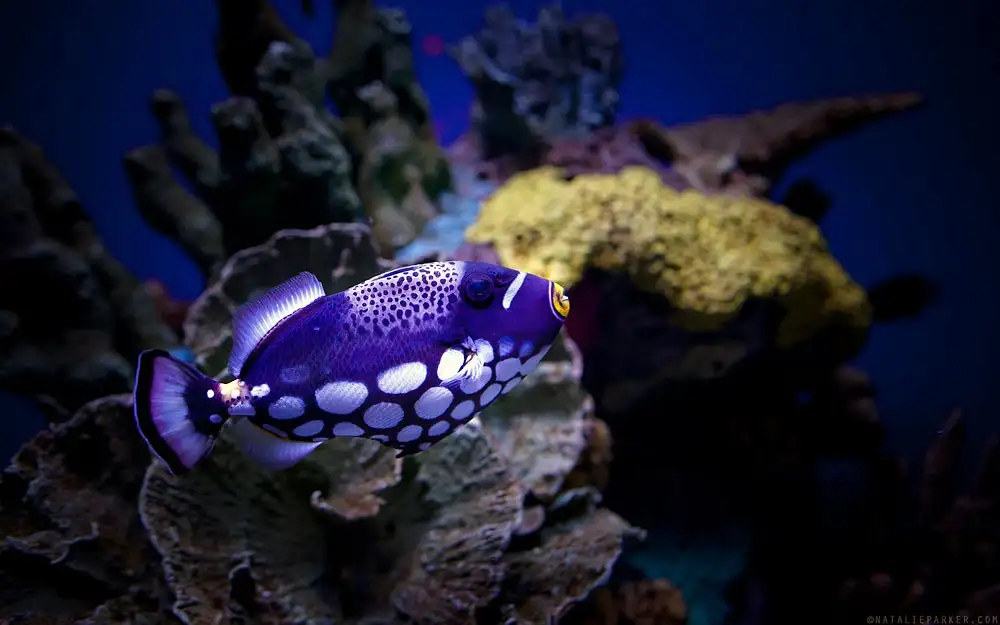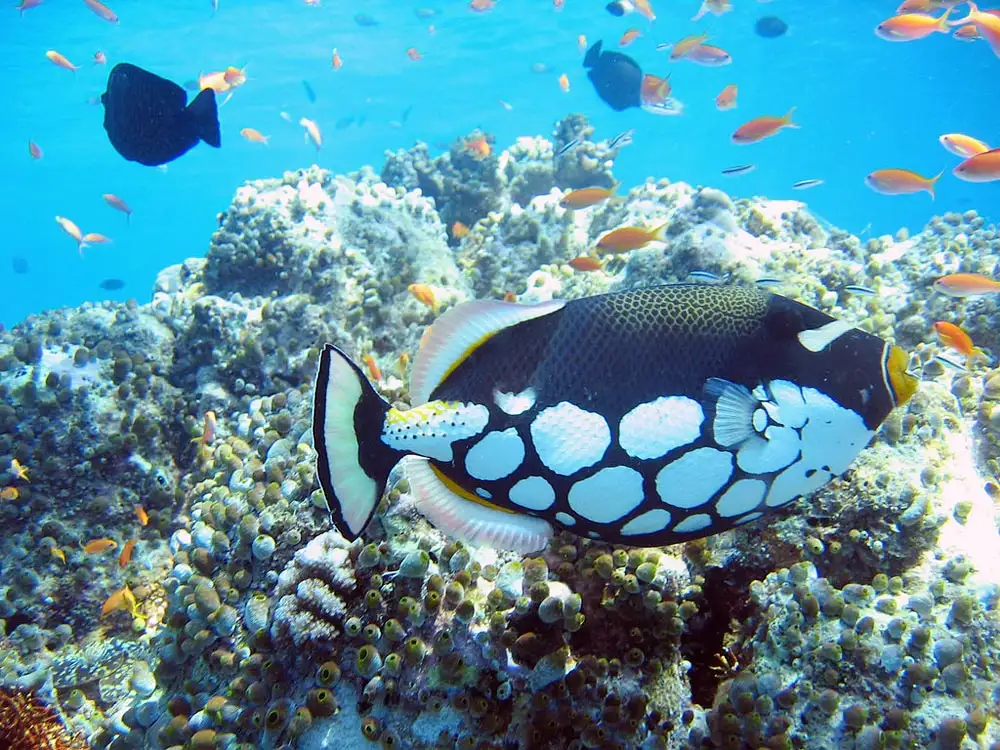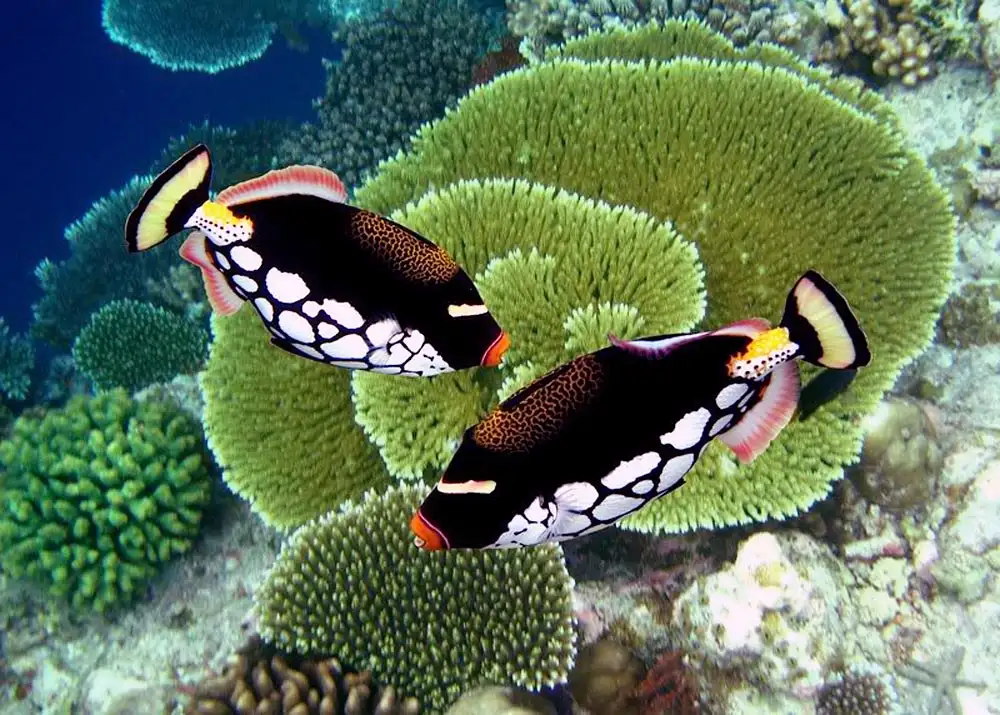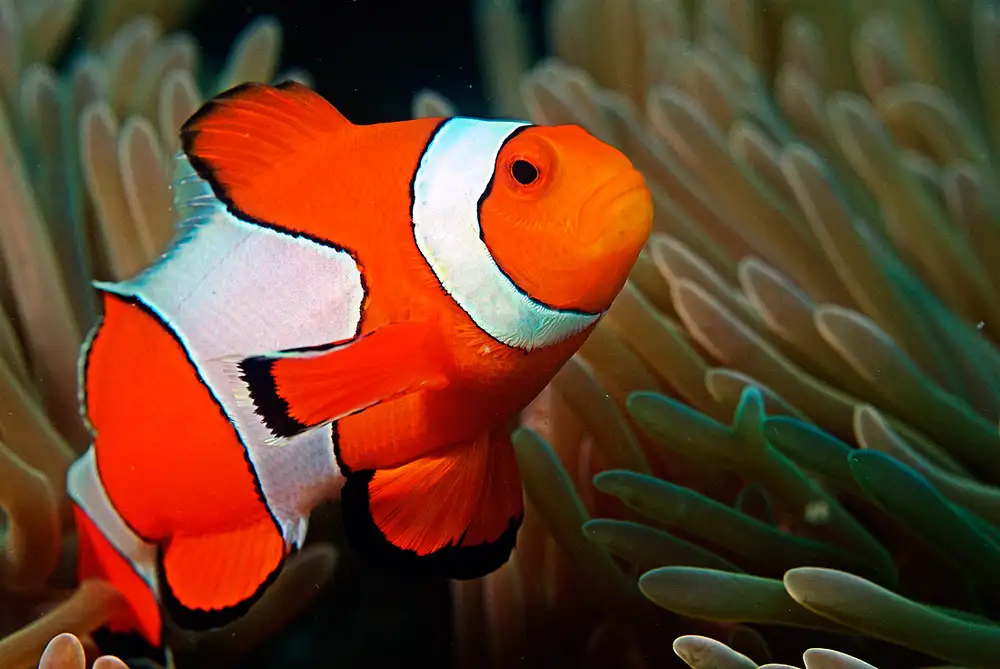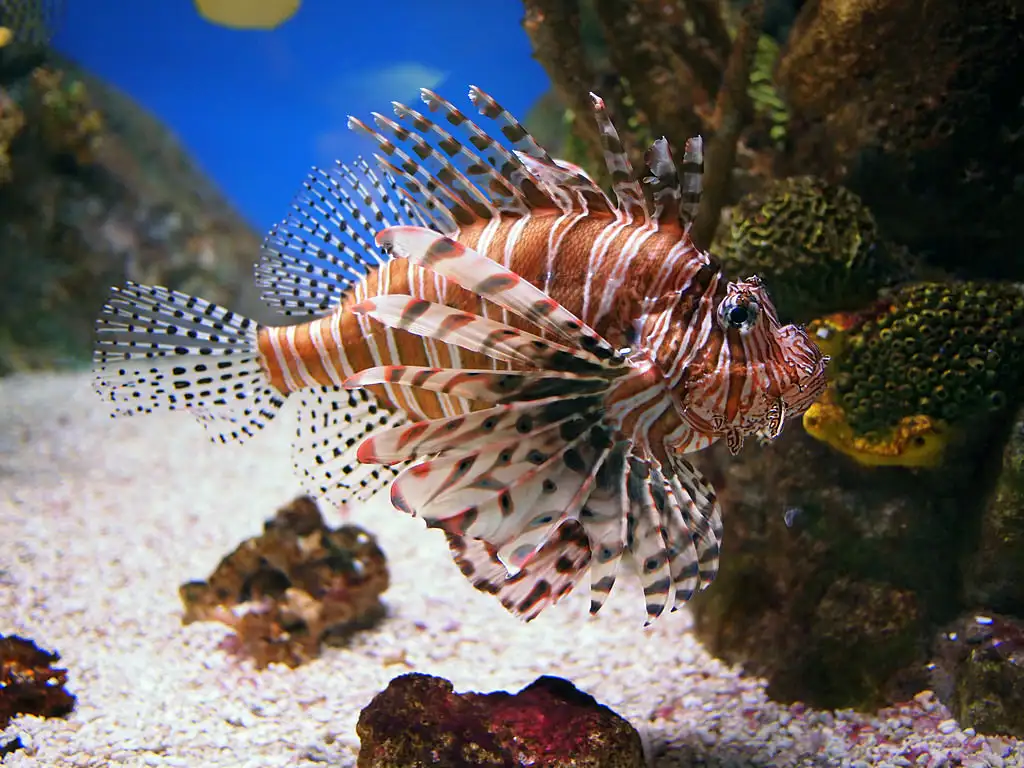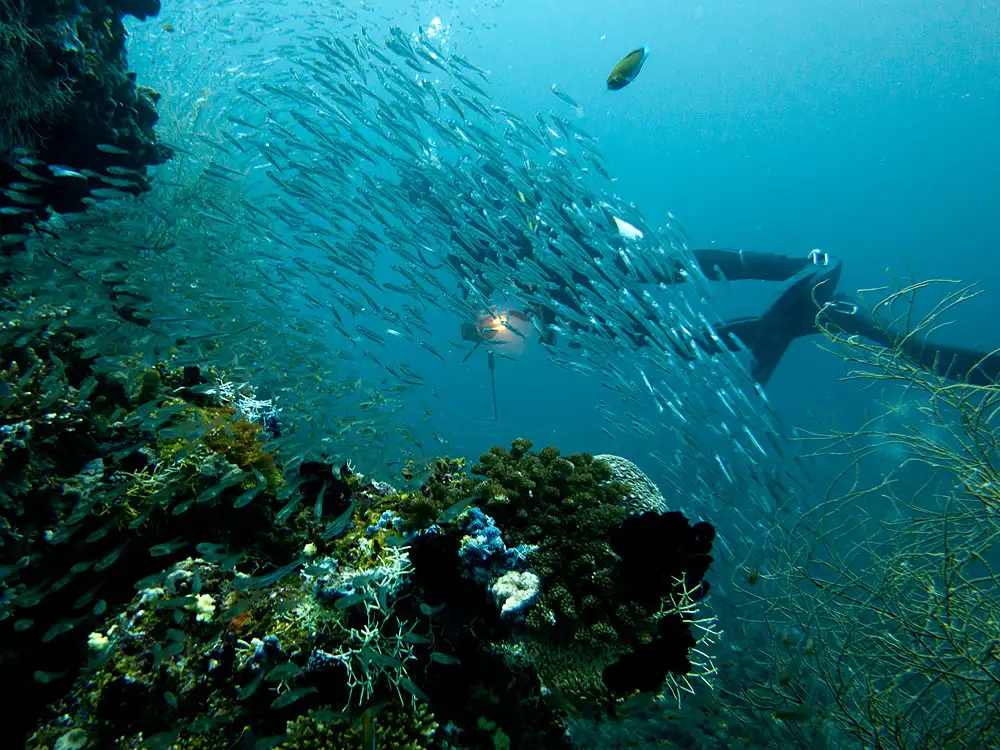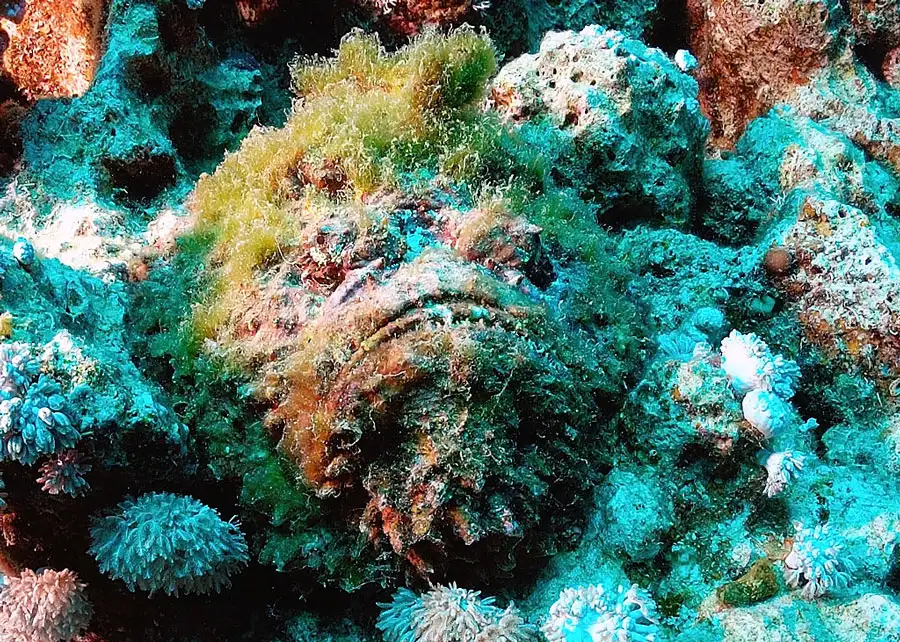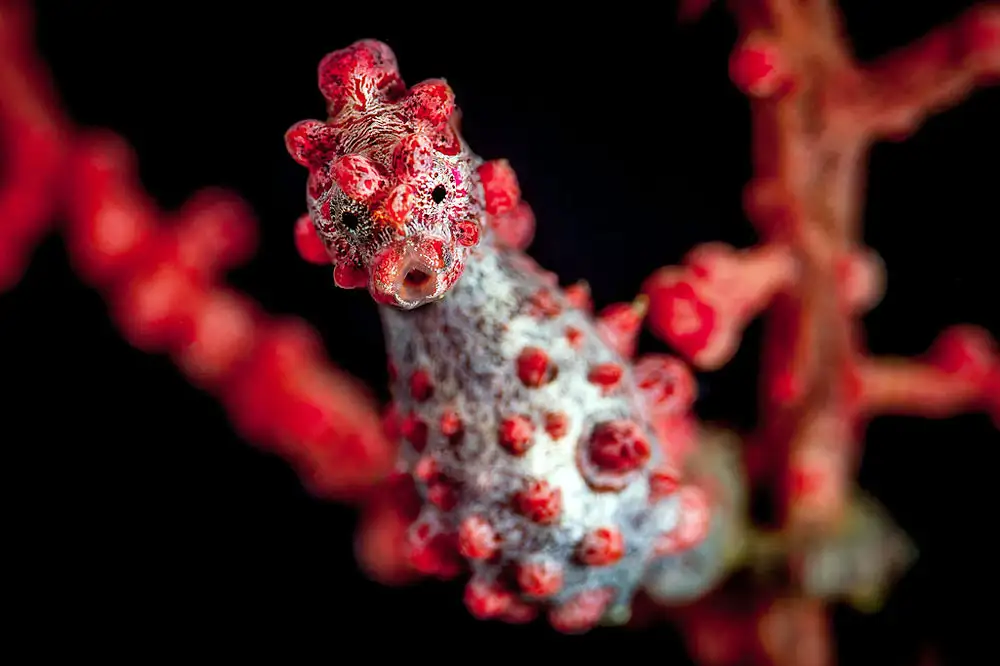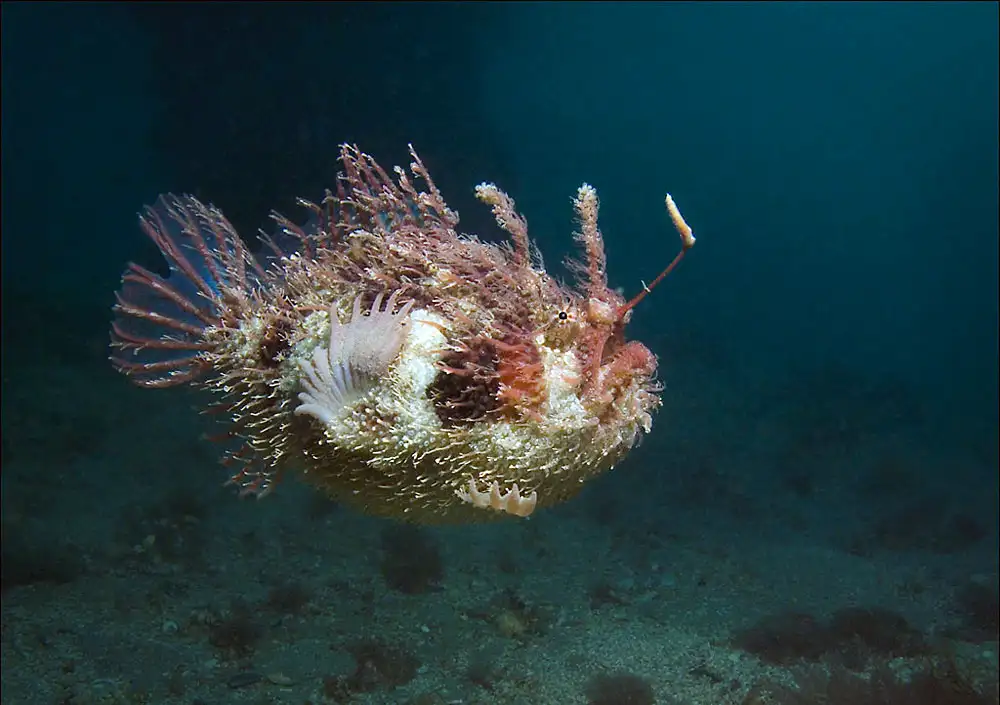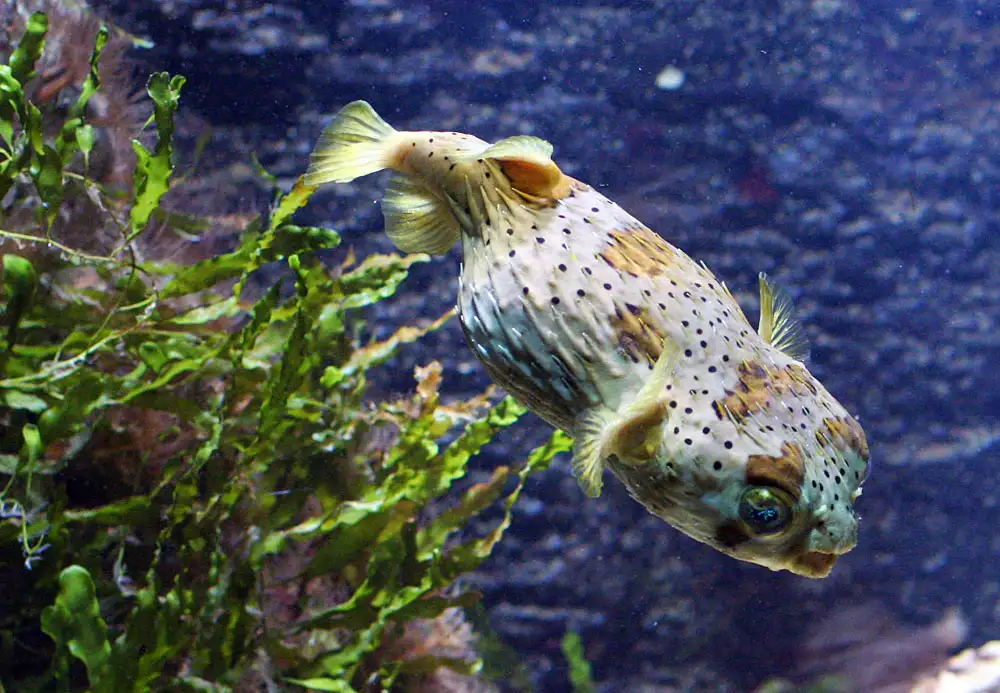Balistoides conspicillum (Clown Triggerfish)
IUCN
LCBasic Information
Scientific classification
- name:Balistoides conspicillum (Clown Triggerfish)
- Scientific Name:Balistoides conspicillum
- Outline:Small fish
- Family:Balistidae Balistoides
Vital signs
- length:Commonly 35–45 cm; max ~50 cm
- Weight:Increases with length; up to a few kilograms
- lifetime:Approx. 10–15+ years (wild estimates)
Feature
Three‑spine trigger mechanism; territorial; crushes hard‑shelled prey; diurnal patrols on outer reef slopes.
Distribution and Habitat
Indo‑Pacific outer reef slopes/terraces/crests and lagoon margins (5–40 m; to ~75 m).
Appearance
Black with large white spots ventrally; yellow‑brown reticulate back; bright yellow snout; stout incisors.
Details
Balistoides conspicillum—the clown triggerfish—is a member of the Balistidae and a conspicuousdiurnal benthic predator on tropical Indo‑Pacific reefs. Its trademark pattern combines large white polka dots on a black lower body with a yellow‑brown reticulate “leopard” back. The anterior dorsal spines form a locking “trigger”mechanism; strong incisors crush hard‑shelled prey.
Ecology & Biology
Diet: sea urchins, molluscs (bivalves/gastropods), crustaceans and polychaetes; also nips at encrusting invertebrates.
Behaviour: territorial; forages over reef slopes/crests by day and shelters in crevices at night.
Reproduction: demersal adhesive eggs; nest‑guarding females can be aggressive to intruders.
Identification
Pattern: black lower body with large white spots; yellow‑brown reticulate/“leopard” pattern dorsally; often a bright yellow snout.
Dorsal spines: three‑spine trigger complex (first spine locks, second releases).
Dentition: stout incisors for crushing hard prey and scraping substrates.
Size & Longevity
Length: commonly 35–45 cm, maximum around ~50 cm.
Life: roughly 10–15+ years in the wild (estimates vary).
Range & Habitat
Widespread Indo‑Pacific from East Africa/Maldives to Indonesia–Philippines–Micronesia, east to Samoa, north to the Ryukyus and south to the Great Barrier Reef. Typical on outer reef slopes, terraces and crests and lagoon margins at 5–40 m (records to ~75 m).
Conservation & People
IUCN: Least Concern (LC); locally affected by reef degradation and ornamental collection.
Safety: nesting or provoked individuals may charge/bite; maintain respectful distance.
FAQ
Q1. Why “triggerfish”? The first dorsal spine locks upright and the second acts as a trigger to release it, allowing the fish to wedge into crevices.
Q2. Dangerous to divers? Usually wary, but nest‑guarding fish can be aggressive; avoid the nest area.
Q3. How to tell from Balistoides viridescens? Clown triggerfish shows large white spots on a black lower body and a yellow‑brown reticulate back; B. viridescens lacks the polka‑dot pattern and is larger.
Q4. Aquarium suitability? Large and territorial; may nip corals and invertebrates; requires very large systems.

